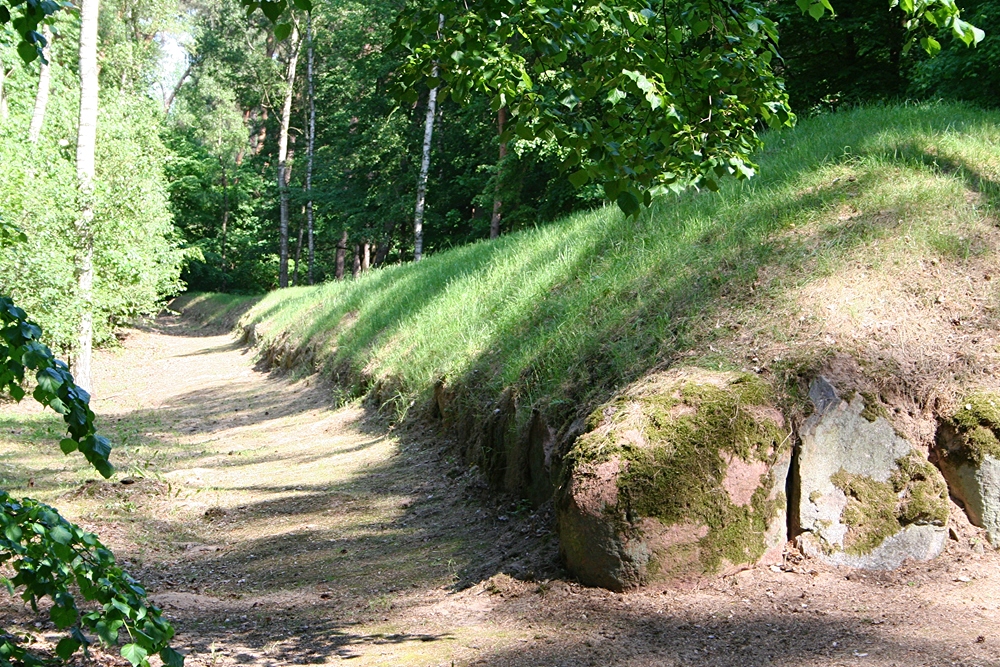Unveiling Ancient Secrets: The Enigmatic Polish Pyramids
Unveiling ancient secrets, the “Polish Pyramids” are a series of megalithic tombs that truly rival Stonehenge in both age and mystery. These elongated, trapezoidal burial mounds, some stretching over 150 meters long and standing several meters high, are found primarily in the Kuyavian region of northwestern Poland. Dating back approximately 5,500 years to the 4th millennium BCE, they significantly predate the Egyptian pyramids and are roughly contemporary with, if not older than, Stonehenge. These colossal earthen and stone structures stand as silent testaments to the sophisticated engineering and communal efforts of the Neolithic Funnelbeaker Culture.

The construction of these “giants’ graves,” as they are sometimes known locally, required immense labor and organization. It’s estimated that some tombs involved moving around 600 tons of earth and 200 tons of stone, with individual stones weighing up to 10 tons. These massive boulders were painstakingly transported and used to frame the burial chambers, which often contained a single skeleton, presumably of an important tribal elder. Unlike many ancient cultures that buried their dead with rich offerings, the true tribute here appears to have been the sheer scale and effort involved in the monumental construction itself, reflecting a deep respect for ancestral figures and a sense of cosmic order.

Today, these “Polish Pyramids” remain an intriguing archaeological puzzle. While their primary function as burial sites is clear, the full extent of their ceremonial or astronomical significance is still being explored. They offer invaluable insights into the social structures, spiritual beliefs, and technological capabilities of early agricultural societies in Europe. Protected in sites like the Wietrzychowice Cultural Park, these ancient mounds continue to shed light on a rich prehistoric past, challenging our perceptions of early European civilizations and solidifying Poland’s place on the map of remarkable megalithic wonders.
